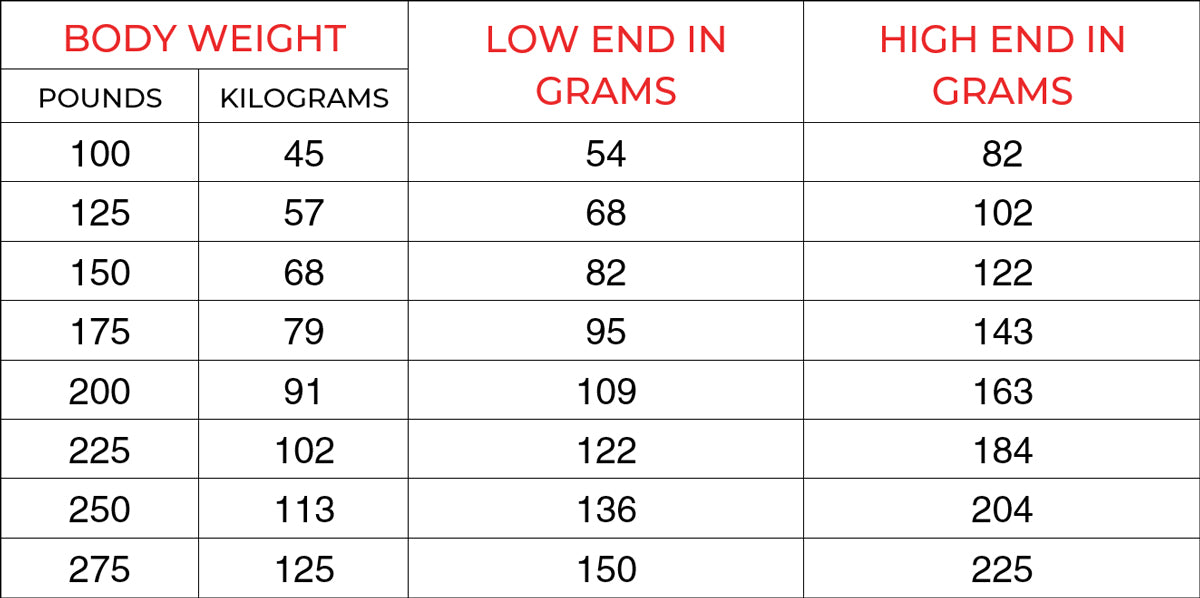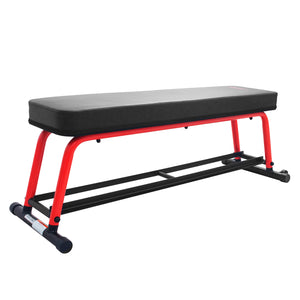If your exercise program didn’t involve some form of weight training last year, there is a good chance you experienced loss of muscles mass, reduction of your metabolism, and body fat accumulation. While many of us may be starting our new year’s workout programs with goals of losing the unwanted pounds we gained over the last year, it’s important to remember that weight training plays an important role in increasing your overall health along with boosting your body fat reducing potential. Along with the benefits of a more lean and toned physique, those who weight training regularly can expect to feel an improvement of physical performance, better movement control, cognitive improvement, increased self-esteem, improved bone density, and enhanced cardiovascular health.
If all these benefits still aren’t enough to motivate you to add some weight training into your new year’s program, there is evidence that shows the combination of cardio or aerobic training with resistance training can provide greater weight loss and fat loss than cardio and resistance training alone. No matter what your experience is with weight training, the right program can provide most people with the ability to boost their strength and fat loss potential. To help you get started with your weight training program, we have listed three things you should focus on to ensure your weight training plan is ideal for your abilities and goals.
What Should I Start With?
Start With What You’re Familiar With.
If there are a few exercises you know you are comfortable performing, start by adding them into your scheduled workout time. Try completing them first to avoid the temptation to ditch them after completing your cardio, abs, or group training session. This will ensure that no matter what, your weight training will get done. Machines, body weight, dumbbells, barbells, kettlebells, or resistance bands are all great options for a resistance training program.
How Much Should I Do?
Exercise Frequency Should Be a Minimum of 2 Days per Week.
After deciding what exercise, you are most comfortable with, pick two blocks of time during the week to complete your resistance training activities. You should be completing at least one exercise that involves each muscle group. Checkout the workout examples below to see how you can target most of your major muscle groups without needing too many exercises.
WORKOUT #1
| Squats | 2 sets of 15 reps |
| Bent Over Rows | 2 sets of 15 reps |
| Pushups | 2 sets of 15 reps |
| Planks | 2 sets of 30-60 seconds |
WORKOUT #2
| Deadlift with Row | 2 sets of 15 reps |
| Push Press | 2 sets of 15 reps |
| Single Arm Row | 2 sets of 15 reps |
| Ball Leg Lifts | 2 sets of 15 reps |
Whichever workout your pick, you can choose to repeat the same workout both days or do one workout and then perform the other on the next day. You should also allow for at least 48 hours of recovery time before you perform the next weight training workout. If your experience with weight training is minimal or you have never attempted it, we would advise that you start with one day per week. This way you can take time to learn and become comfortable with the exercises first. Taking it slow will also give you a chance to see how long it takes for your body to recover from each weight training session. If you are still sore after 48 hours of recovery time, its ok to rest another day to ensure that your muscles have fully recovered from the previous workout. Once your strength and endurance improve you may choose to add additional exercises or days per week to your workout program.
Do I Have to Eat More Protein?
That Depends on Your Current Diet.
If your diet is high in protein, then adding additional amounts of protein may not be necessary. For most people to see good strength and muscular growth from their weight training program, they need to consume between 1.2 to 1.6 grams per kilogram of body weight. For someone who weighs 200 pounds this would be the equivalent of eating between 109 and 145 grams per day of high-quality protein. If that same person was on a 2000 calorie diet to help reduce body fatness, they would be eating between 19% and 29% of their calories from protein. Since everyone’s protein requirements vary, it is possible that you may need to increase your protein intake beyond the recommended amounts. Use the simple chart below to figure out a good place to start with your protein intake needs.

For more information on weight training, nutrition, and strength training products, check out our website so you can continue to gain practical information to help you along your health and fitness journey.
Sourcelink: Effects of strength training on health
Sourcelink: Combine Training is better for weight loss



























Add Your Name & Email
Please enter your name and email to continue.We won’t display your email publicly.